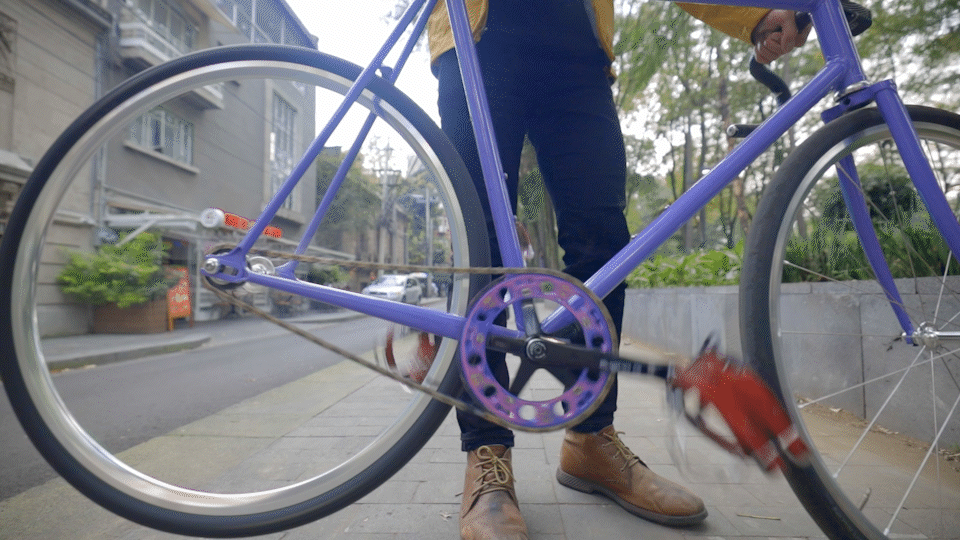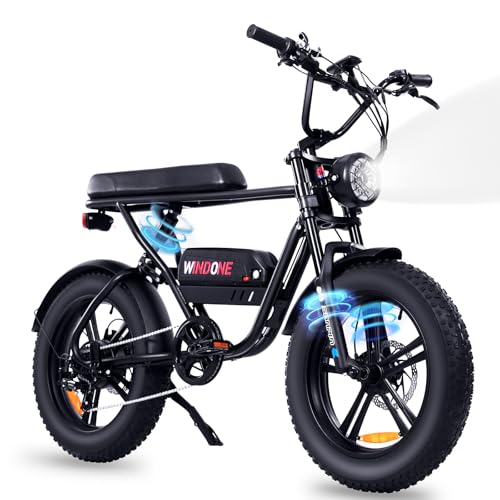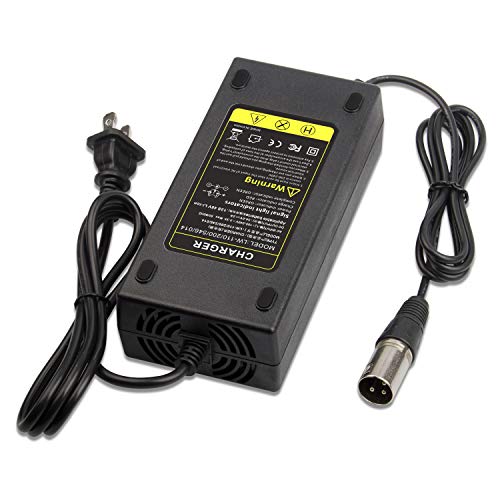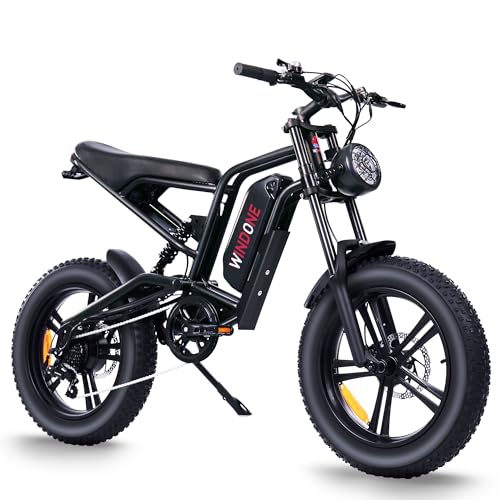Fixed gear bikes have a drivetrain directly connected to the pedals and the rear wheel, without freewheel mechanism. Single speed bikes have one gear combination.
The difference lies in their drivetrain mechanism. While fixed gear bikes have a direct connection between the pedals and the wheel, single speed bikes allow coasting. Choosing between these two depends on personal preference, riding style, and terrain. Fixed gear bikes are popular for their simplicity and efficient power transfer, ideal for urban riding.
In contrast, single speed bikes offer flexibility with coasting and easier maintenance. Each type has its advantages, making the decision a matter of individual preference and intended use. Both fixed gear and single speed bikes cater to different riding styles, ultimately enhancing the cycling experience.

Credit: www.youtube.com
10 key differences between fixed gear and single speed bikes:
| Differences | Fixed Gear: | Single Speed: |
|---|---|---|
| Drive Mechanism: | The rear cog is fixed to the hub, meaning the pedals always turn when the wheel is moving. | The bike has a freewheel mechanism that allows the rider to coast without pedaling. |
| Coasting: | Coasting is not possible; if the bike is moving, the pedals are turning. | Coasting is possible, allowing the rider to stop pedaling while the bike is still in motion. |
| Braking: | Riders can slow down and stop by resisting the pedal motion, sometimes without using brakes. | Brakes are necessary for stopping, typically equipped with a front and rear brake. |
| Riding Style: | Requires constant pedaling and offers a direct connection between rider and bike, often preferred for track cycling. | Offers a more traditional riding experience similar to multi-gear bikes but without gear shifting. |
| Maintenance: | Simpler with fewer components, lower maintenance as there are no derailleurs or shifters. | Also low maintenance, but the freewheel mechanism might require occasional care. |
| Efficiency: | Often considered more efficient in terms of energy transfer since there is no freewheel. | Slightly less efficient due to the presence of the freewheel mechanism, but still highly efficient compared to geared bikes. |
| Control: | Offers greater control and precision, especially in tight maneuvers since the rider can directly control the wheel’s speed through pedaling. | Provides standard control, similar to traditional bikes but without gear shifting. |
| Usage Environment: | Popular in urban environments and for track racing, also used in velodromes. | Versatile, suitable for urban commuting, leisure riding, and mild off-road conditions. |
| Learning Curve: | Steeper learning curve due to the inability to coast and the need for constant pedaling. | Easier for beginners as it allows coasting and has a similar feel to standard bicycles. |
| Popularity and Culture: | Often associated with cycling enthusiasts, couriers, and the fixed-gear culture with an emphasis on simplicity and skill. | Broadly popular among casual riders, commuters, and those looking for a low-maintenance bike without the complexities of gears. |
Mechanism And Components
Mechanism and components play a crucial role in the performance and functionality of fixed gear and single speed bikes. Understanding the differences in gear ratio, brakes, freewheel or fixed gear, and chain tension is essential for riders making their selection.
Gear Ratio
The gear ratio determines the relationship between the number of teeth on the front chainring and the rear cog. In fixed gear bikes, the gear ratio remains constant as the pedals are directly linked to the rear wheel. Single speed bikes, however, allow for the option to change gear ratios with a freewheel mechanism.
Brakes
Brakes play a critical role in controlling the speed and stopping the bike. While both fixed gear and single speed bikes can utilize various brake systems, some fixed gear riders prefer not to use brakes at all, relying on backward pedal pressure and skidding to slow down and stop the bike.
Freewheel Or Fixed Gear
Single speed bikes typically feature a freewheel mechanism that allows the rear wheel to spin independently of the pedals when coasting. Conversely, fixed gear bikes lack a freewheel and require constant pedaling, contributing to a more connected and interactive riding experience.
Chain Tension
In fixed gear bikes, chain tension is crucial to prevent slippage and maintain a consistent pedal feel. Riders often adjust chain tension by repositioning the rear wheel. Single speed bikes, on the other hand, are more forgiving in terms of chain tension due to the freewheel mechanism.

Credit: m.youtube.com
Riding Experience
When it comes to cycling, the choice between fixed gear and single speed bikes can have a significant impact on the riding experience. Each type offers a unique set of features that cater to different preferences and riding styles. To help you understand the distinctions, let’s explore the riding experience of fixed gear and single speed bikes in terms of speed and control, efficiency, as well as acceleration and deceleration.
Speed And Control
Fixed gear bikes are known for their direct mechanical connection between the pedals and the rear wheel, which provides a very immediate and connected feeling to the road. The lack of freewheel means that when the wheels are turning, the pedals are too. This setup offers an unparalleled level of control, especially when it comes to navigating through urban environments and crowded streets. On the other hand, single speed bikes provide more conventional control as they allow for coasting, making them suitable for riders who prefer a bit more freedom in their riding experience.
Efficiency
Fixed gear bikes are designed for maximum efficiency, as there are no components such as derailleurs or shifters to absorb energy. This translates to a more direct transfer of power from the rider to the wheels, enabling a more efficient riding experience. Single speed bikes, while also efficient, may not offer the same level of connectedness due to the possibility of freewheeling, which can slightly diminish the overall efficiency of the ride.
Acceleration And Deceleration
Fixed gear bikes excel in terms of both acceleration and deceleration. The lack of freewheel means that the rider can control the speed of the bike more precisely by simply adjusting their pedaling cadence. This can provide a highly dynamic and engaging riding experience, especially for those who enjoy the direct connection between their efforts and the bike’s movement. Single speed bikes, while still offering good acceleration and deceleration, may not provide the same level of immediate response as fixed gear bikes.
Maintenance And Ease Of Use
Riding a fixed gear or single speed bicycle comes with several advantages. One of the key aspects to consider when choosing between the two is the maintenance and ease of use. Let’s take a closer look at how the two compare in terms of simplicity of the system, maintenance requirements, and ease of riding and handling.
Simplicity Of The System
Both fixed gear and single speed bikes have a simple and straightforward system. The main difference lies in the drivetrain. On a fixed gear bike, the rear cog is directly connected to the rear wheel, meaning that the pedals are always in motion when the bike is moving. In contrast, a single speed bike allows the rear wheel to rotate independently from the pedals.
Due to this difference, fixed gear bikes have a simpler mechanical system, with fewer components to worry about. This simplicity makes them easier to maintain and repair. On the other hand, single speed bikes have a slightly more complex setup, but still relatively easy to maintain compared to geared bikes.
Maintenance Requirements
In terms of maintenance requirements, both fixed gear and single speed bikes have certain advantages. Since fixed gear bikes have fewer components, they have less that can go wrong. This translates to lower maintenance costs and less frequent visits to the bike shop.
In terms of specific maintenance tasks, both types of bikes require regular chain lubrication and periodic cleaning to prevent rust and ensure smooth performance. However, single speed bikes might have additional components like gears or derailleurs that require occasional adjustments or replacements.
To summarize, while both fixed gear and single speed bikes are relatively low maintenance, fixed gear bikes generally require less attention and are easier to maintain due to their simpler system.
Ease Of Riding And Handling
When it comes to riding and handling, both fixed gear and single speed bikes offer their own unique experiences. Fixed gear bikes are known for their direct connection between the rider’s pedaling and the bike’s movement. This connection provides a responsive and efficient riding experience, allowing riders to feel more connected with the road.
On the other hand, single speed bikes offer more flexibility and control. Since the rear wheel can rotate independently from the pedals, riders can coast and take their feet off the pedals when desired. This feature can be advantageous in situations where riders need a break or want to maintain a more relaxed pace.
In terms of handling, fixed gear bikes may take some time to get used to, especially for beginners. The lack of coasting can make it challenging to slow down or navigate steep slopes. Single speed bikes, on the other hand, offer more traditional handling capabilities that most riders are familiar with.
It’s important to note that the ease of riding and handling can also vary depending on personal preferences and riding conditions. Some riders prefer the simplicity and control of a fixed gear bike, while others may prefer the versatility and convenience of a single speed.

Terrain And Riding Style
Suitability For Different Terrains
Fixed gear bikes are ideal for smooth urban roads while single-speed bikes excel on varied terrains.
Preference For Experienced Riders
Riders with experience prefer the versatility of single-speed bikes for different terrains.
Urban Cycling Vs. Off-road Cycling
Fixed gear bikes for urban settings, single-speed bikes for challenging off-road terrains.
Customization And Personalization
Customization and personalization are important factors to consider when choosing between fixed gear and single speed bikes. Both options offer various modification options and opportunities to customize the ride, catering to personal preferences and style. Furthermore, the aesthetic appeal of these bikes can be enhanced through customization, making them unique and distinctive. Let’s delve into the specifics of customizing and personalizing your fixed gear or single speed bike.
Modification Options
When it comes to modification options, both fixed gear and single speed bikes provide opportunities to enhance performance and aesthetics. From upgrading components such as gear ratios, handlebars, and saddles to adding accessories like colorful chainrings or custom decals, the modification possibilities are extensive. Riders can tailor their bikes to suit their riding style and needs, creating a personalized and functional riding experience.
Customizing The Ride
Customizing the ride entails fine-tuning the bike to match individual preferences and requirements. Riders can adjust the gear ratio, tire size, and handlebar setup to optimize comfort and performance. Additionally, the ability to customize the ride extends to selecting specific components and materials that align with personal preferences, ensuring a unique and tailored biking experience.
Aesthetic Appeal
In addition to performance enhancements, customizing fixed gear and single speed bikes offers an opportunity to enhance their aesthetic appeal. Whether it’s through unique paint schemes, custom decals, or stylish handlebar grips, riders can express their individuality and create visually appealing bikes. Aesthetically pleasing customization not only adds personal flair but also makes the bike stand out, reflecting the rider’s style and personality.
Price Range And Availability
When considering purchasing a bike, understanding the price range and availability of fixed gear and single speed bikes is essential. These factors can greatly impact the decision-making process when choosing the right type of bike. Let’s delve into the cost and market availability of fixed gear and single speed bikes.
Cost Of Fixed Gear Bikes
Fixed gear bikes, also known as fixies, typically come with a simpler design and fewer components, which often results in a lower price point. The cost of fixed gear bikes can range from $200 to $800, depending on the brand, materials, and additional features such as frame composition, gearing, and overall build quality. While entry-level fixed gear bikes are more budget-friendly, high-end models with advanced components and lightweight frames tend to be pricier.
Cost Of Single Speed Bikes
Single speed bikes, similar to fixed gear bikes, offer a straightforward and minimalist design that contributes to their affordability. The price of single speed bikes generally falls within the range of $150 to $700, varying based on factors such as brand reputation, frame material, gear ratio, and added accessories. Much like fixed gear bikes, the cost of single speed bikes can increase with the inclusion of premium components and enhanced performance features.
Market Availability
Both fixed gear and single speed bikes are widely available in the market, catering to enthusiasts and casual riders alike. They can be found in specialty bike shops, online retailers, and even general sporting goods stores. The availability of fixed gear and single speed bikes encompasses a wide array of brands, styles, and price points, providing options for individuals with varying preferences and budgets. Additionally, the second-hand market offers opportunities to purchase pre-owned fixed gear and single speed bikes at reduced prices, expanding the accessibility of these bike types to a broader audience.
Conclusion
To sum up, the key difference between fixed gear and single speed bikes lies in their drivetrain capabilities. Fixed gear bikes offer a direct connection between the pedals and the wheels, allowing for better control and a unique riding experience.
On the other hand, single speed bikes provide simplicity and ease of maintenance. Each option has its own benefits and it ultimately depends on the rider’s preference and intended use. Understanding these distinctions will help you make an informed decision when choosing your next bike.
Happy riding!




Leave a Reply